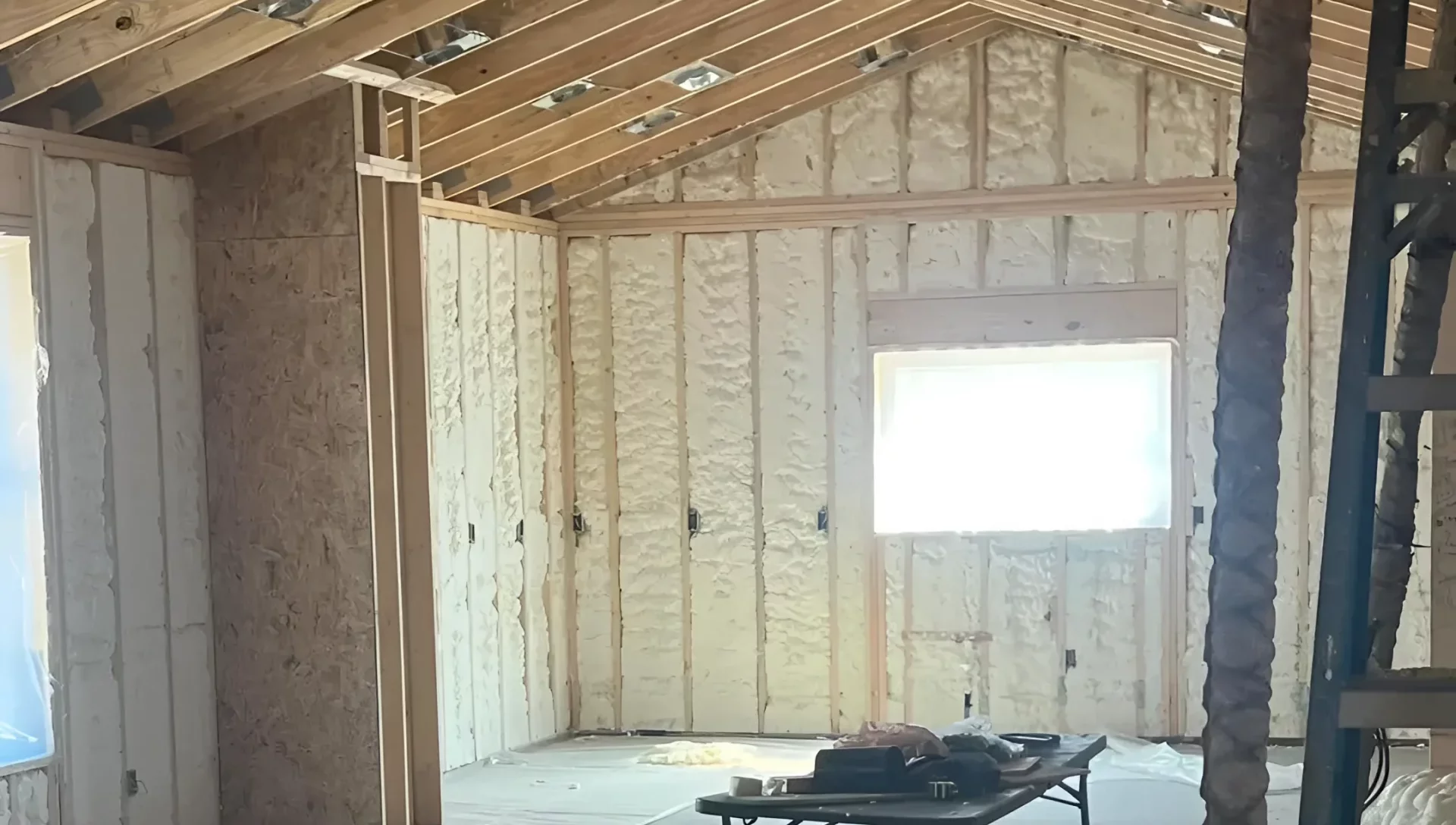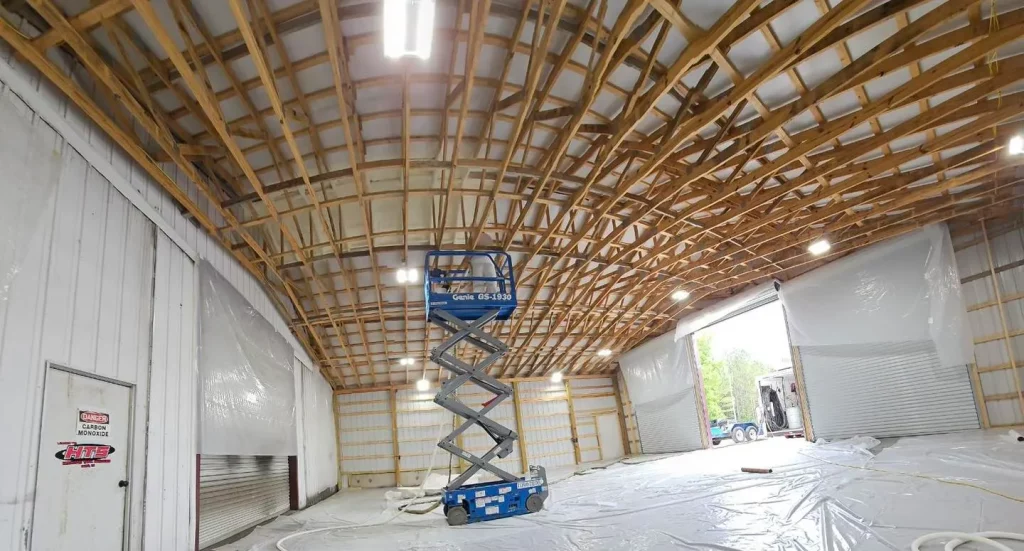
Spray foam insulation reduces energy bills immediately by sealing air leaks, stabilizing indoor temperatures, and minimizing HVAC usage. Unlike traditional insulation types that allow air movement, spray foam expands into crevices, eliminating gaps that lead to energy loss. Homes with spray foam experience up to 50% lower heating and cooling costs, according to the U.S. Department of Energy.
The effectiveness lies in its dual insulation and air barrier function. It insulates while also preventing conditioned air from escaping and outside air from entering. This directly reduces the workload on HVAC systems, increasing efficiency and extending their lifespan.
This breakdown explains the science, benefits, and real-world considerations of spray foam performance based on practical installation experience and industry benchmarks.
Spray foam stops air infiltration—the primary cause of energy loss—by expanding to form a continuous thermal barrier. Closed-cell spray foam adds structural rigidity and resists moisture, making it ideal for walls, attics, and crawl spaces. Open-cell spray foam is more flexible and suitable for interior walls and ceilings.
Bonus Tip: In regions like Kentucky, where humidity and temperature swings are common, closed-cell foam performs better by resisting moisture buildup while maintaining air-tight insulation.
| Insulation Type | Air Seal Quality | R-Value per Inch | Moisture Resistance | Sound Dampening | Ideal For |
|---|---|---|---|---|---|
| Spray Foam (Closed-Cell) | Excellent | 6.0 – 7.0 | High | Moderate | Walls, roofs, crawl spaces |
| Spray Foam (Open-Cell) | Very Good | 3.5 – 3.8 | Low | High | Ceilings, interior walls |
| Blown-In Fiberglass | Poor | 2.2 – 2.7 | Low | Low | Attics |
| Fiberglass Batt | Poor | 2.9 – 3.8 | Low | Low | Stud walls |
| Mineral Wool | Moderate | 3.7 – 4.2 | High | High | Fire-rated applications |
Source: Building Science Corporation
Bonus Tip: Use closed-cell foam in crawl spaces to eliminate cold floors and reduce moisture transfer from soil.
| Specification | Closed-Cell Spray Foam | Open-Cell Spray Foam |
|---|---|---|
| R-Value per Inch | 6.0 – 7.0 | 3.5 – 3.8 |
| Air Impermeability (ASTM E2178) | < 0.02 L/s/m² | < 0.02 L/s/m² |
| Vapor Permeability (perms) | < 1.0 | > 10.0 |
| Water Absorption (ASTM C272) | < 0.5% | > 5% |
| Tensile Strength | > 30 psi | < 10 psi |
Source: American Society for Testing and Materials (ASTM)

Before selecting spray foam, evaluate:
Bonus Tip: Thermal imaging before installation can help identify the most wasteful areas.
Armored Insulation provides services that directly support spray foam performance and system compatibility:
Spray foam works fast by controlling airflow and heat loss at the source. It offers better insulation performance than other materials in key areas such as walls, attics, and crawl spaces. The benefits show up immediately in comfort and reduced HVAC usage.
Every property has different variables climate exposure, construction design, access to cavities. Assess insulation needs based on building performance rather than assumptions about material cost or type.
For more information or support, contact Armored Insulation at (270) 331-4844 or email [email protected]. Qualified specialists can evaluate insulation performance and identify high-return upgrades with precision.
Energy savings are noticeable after the first full heating or cooling cycle, typically within 30 days.
Old insulation usually must be removed to avoid trapping moisture or creating uneven layers.
Once cured, it is inert and safe. Proper ventilation during installation is mandatory.
High-quality spray foam maintains performance for decades without settling or shrinking.
Spray foam requires no regular maintenance. Visual inspection after HVAC or electrical work is recommended.
Yes. Damaged sections can be removed and re-applied without needing to replace the entire area.
Closed-cell foam creates an air-tight seal but does not kill or repel pests. It helps reduce access points.
Closed-cell foam increases racking strength in walls and roofs, contributing to wind and impact resistance.
Yes. Closed-cell foam works well on metal panels by reducing condensation and improving energy retention.